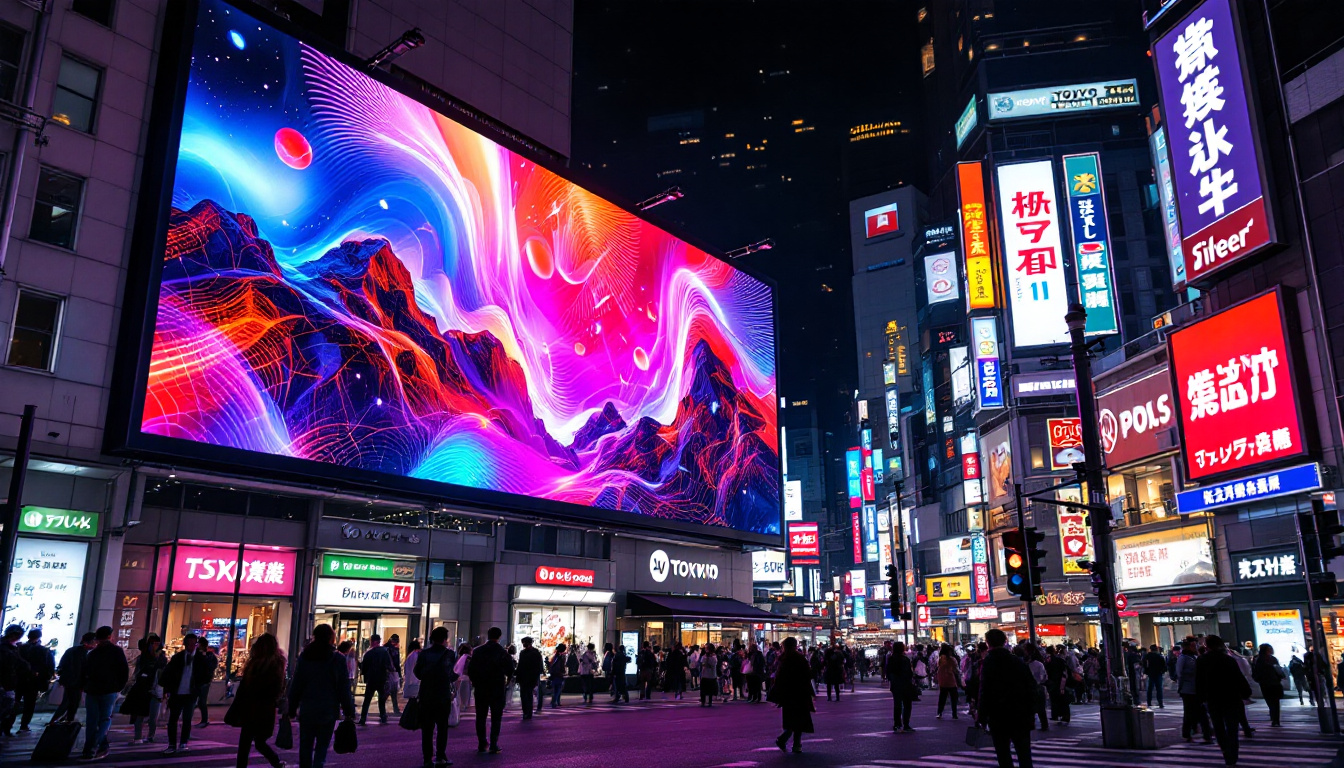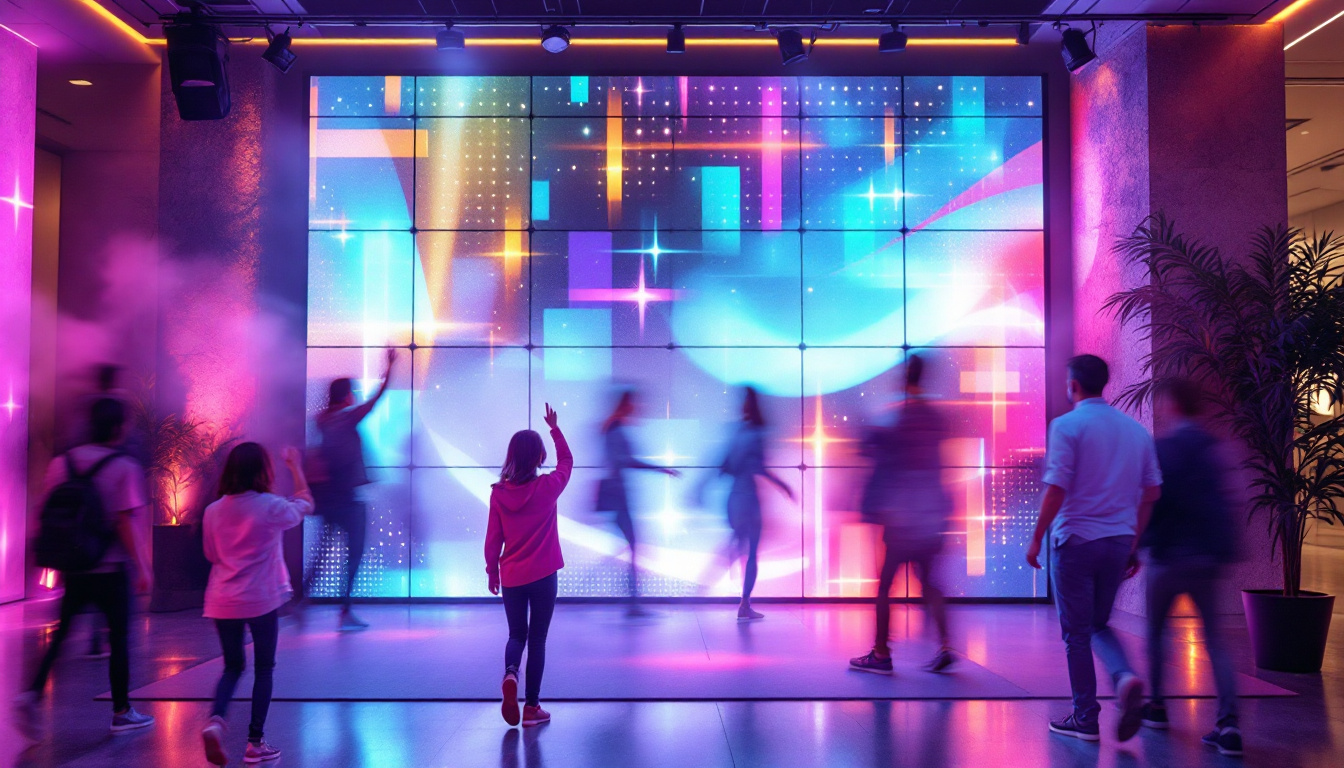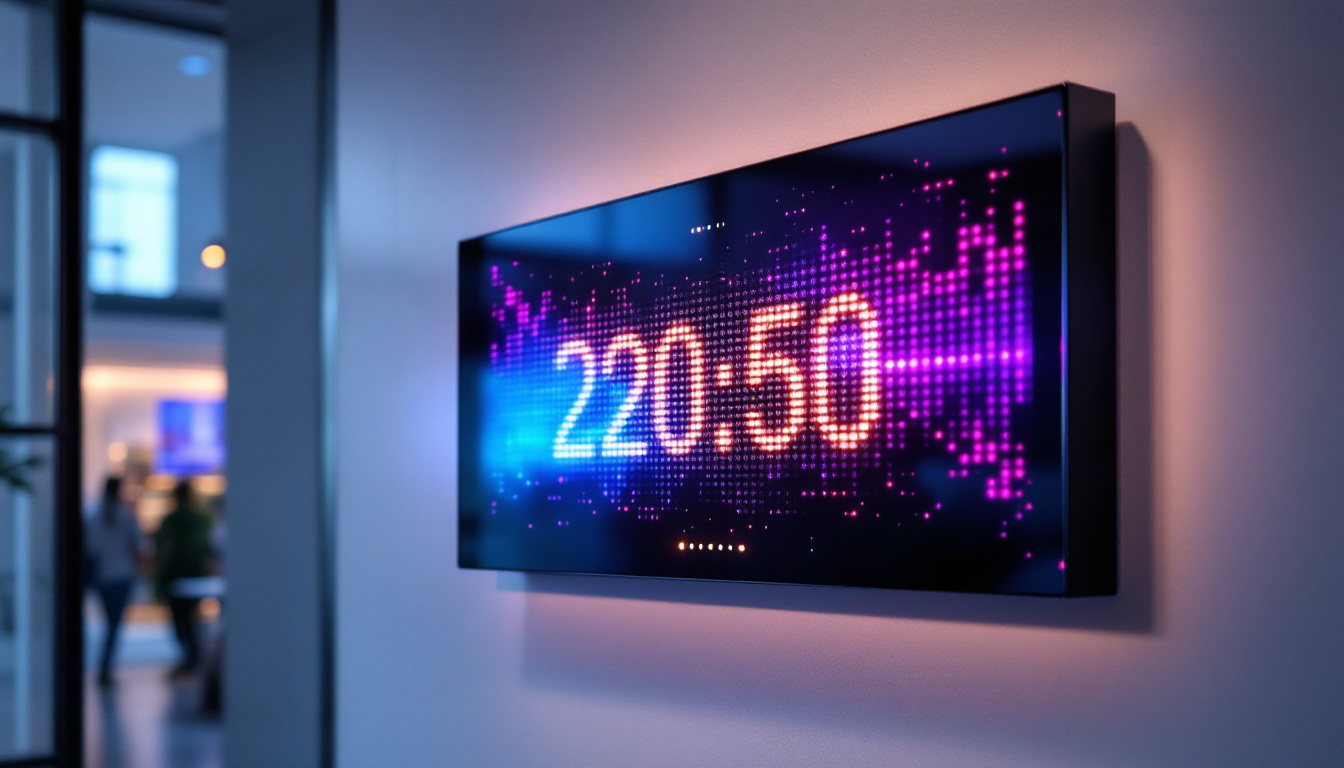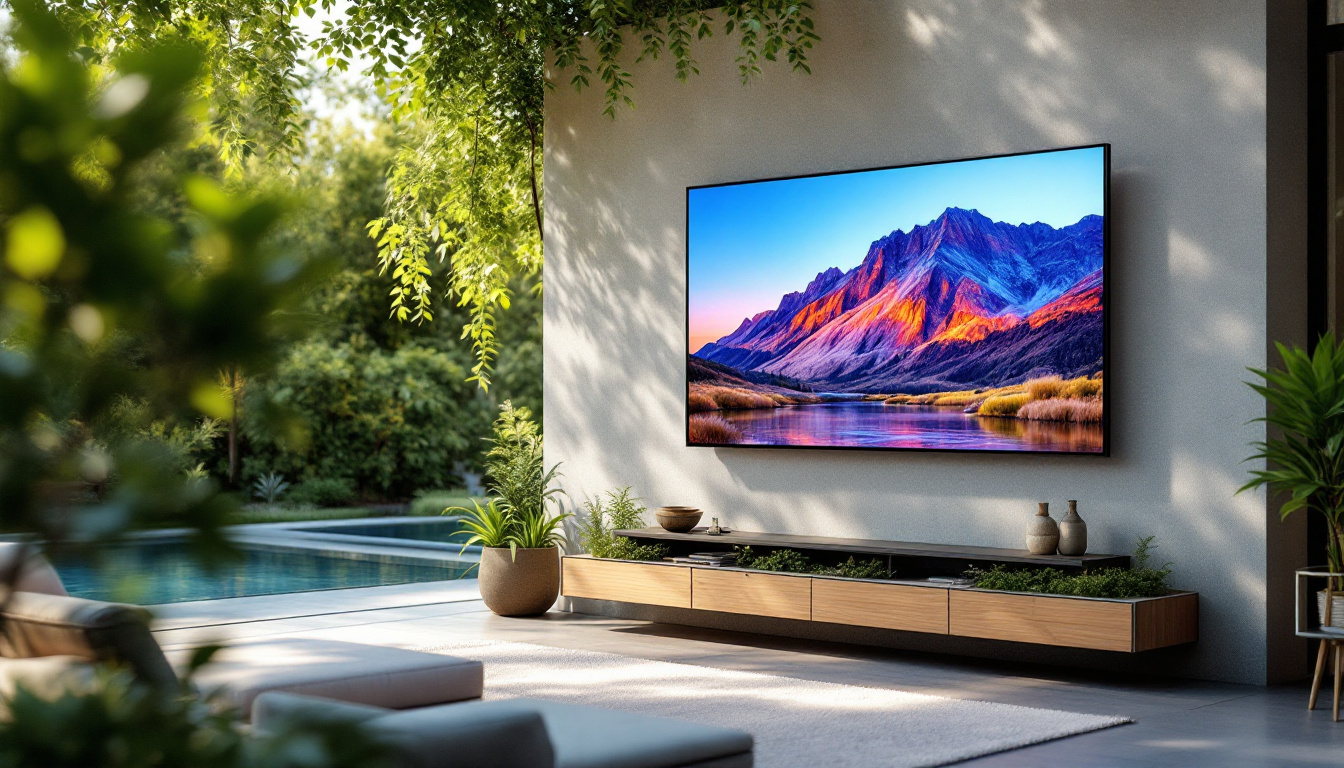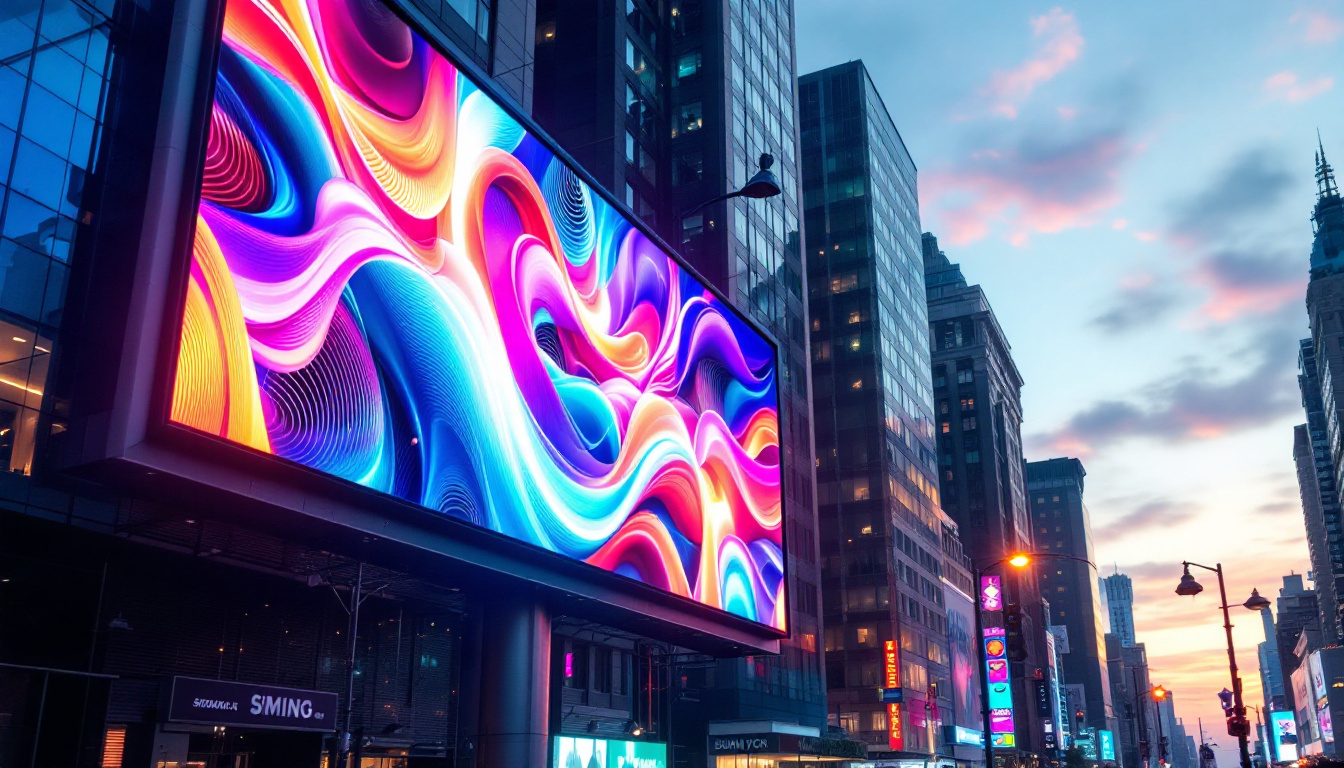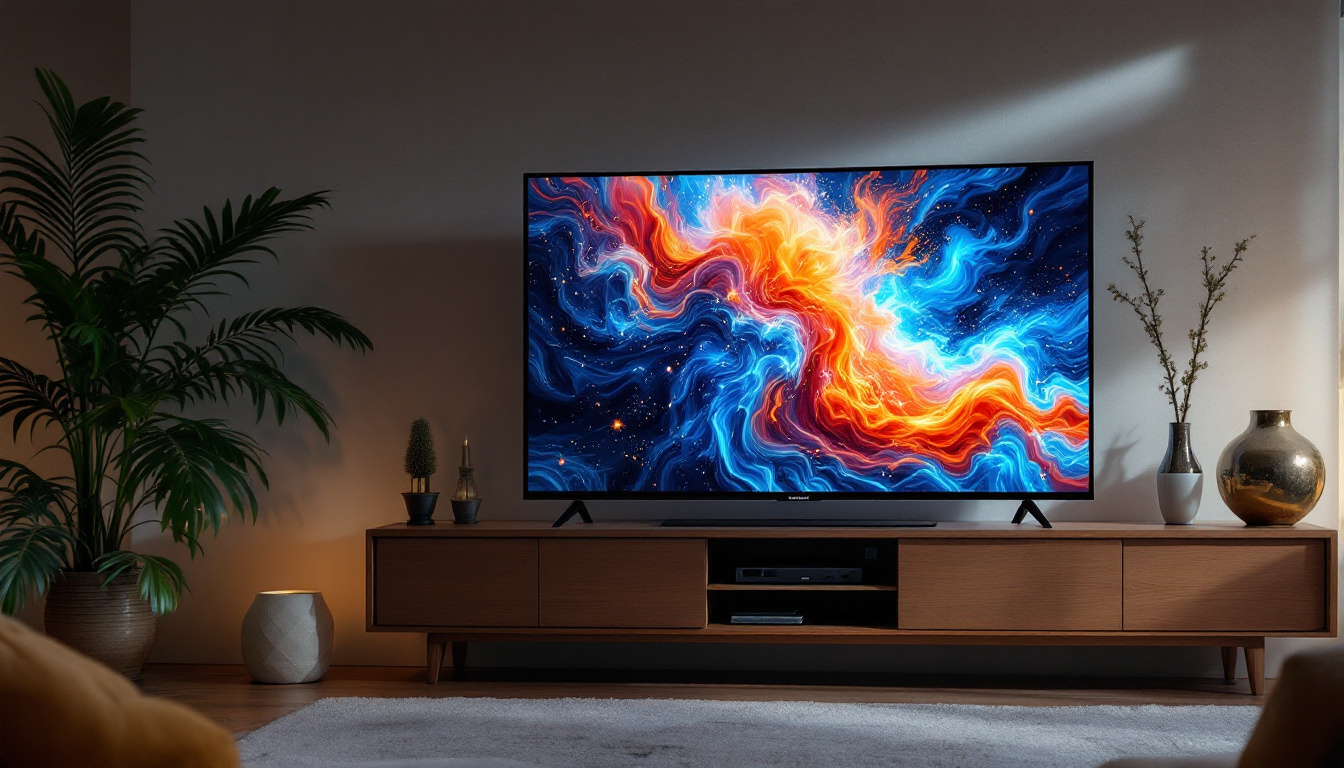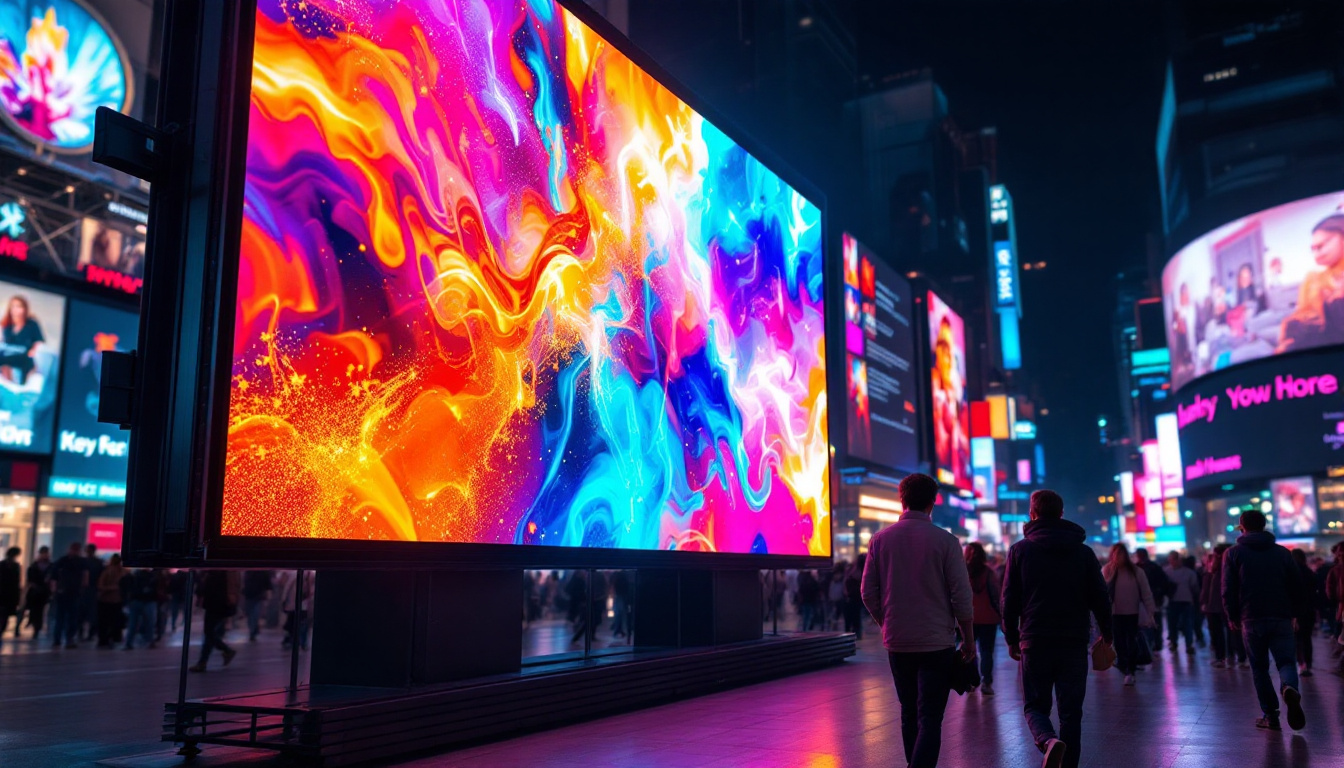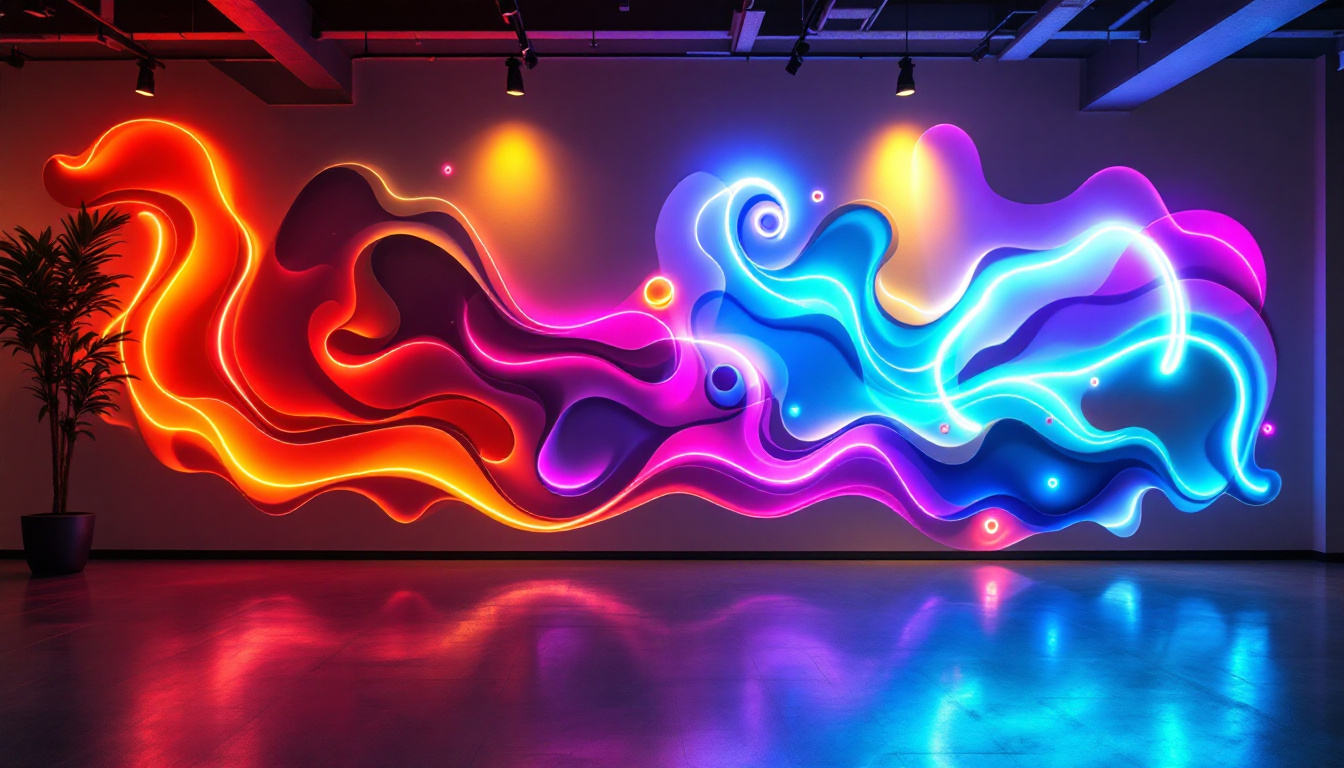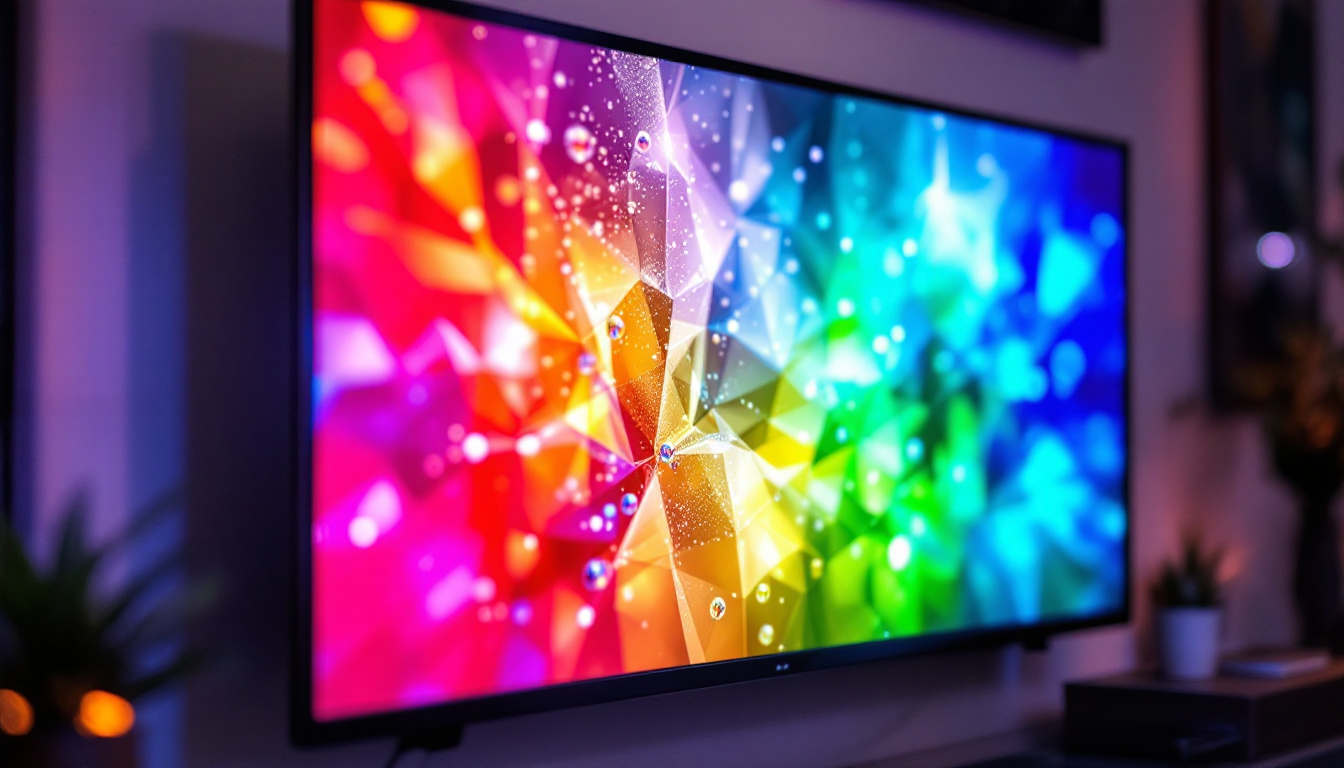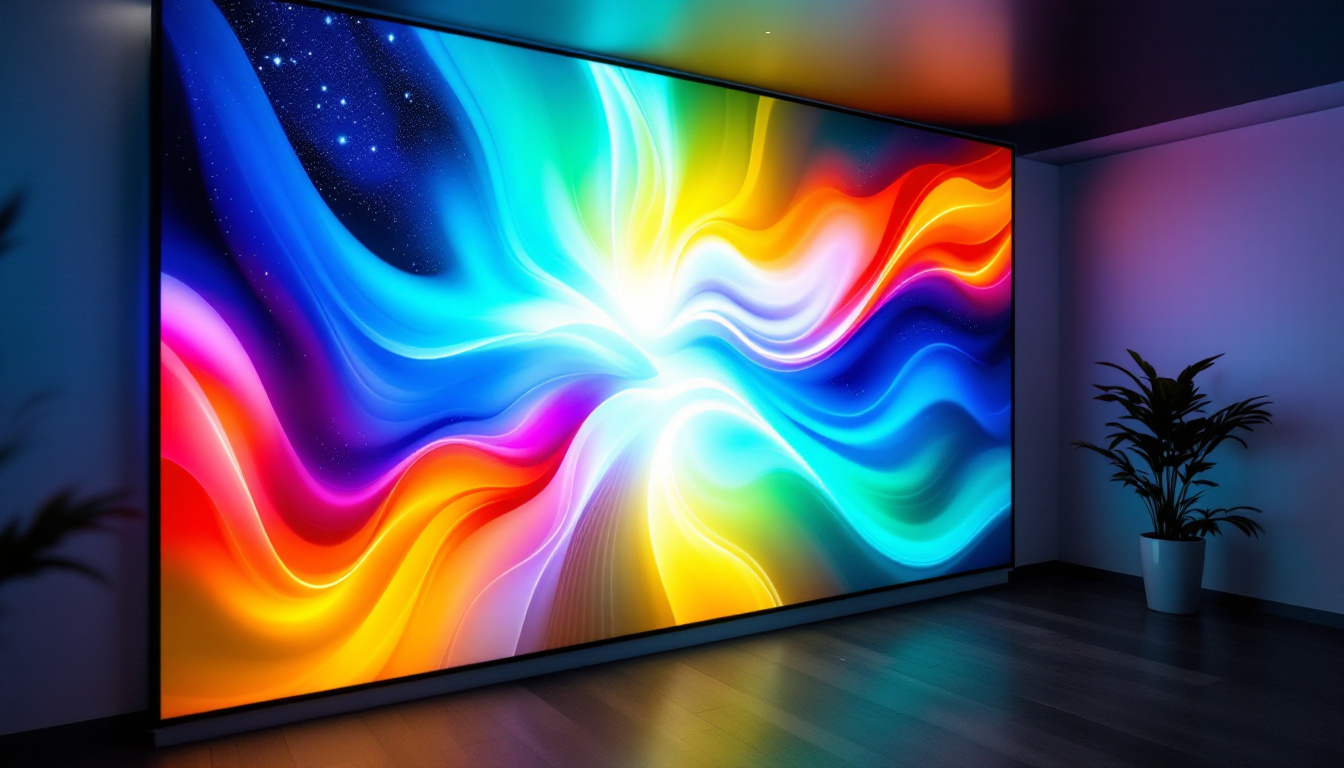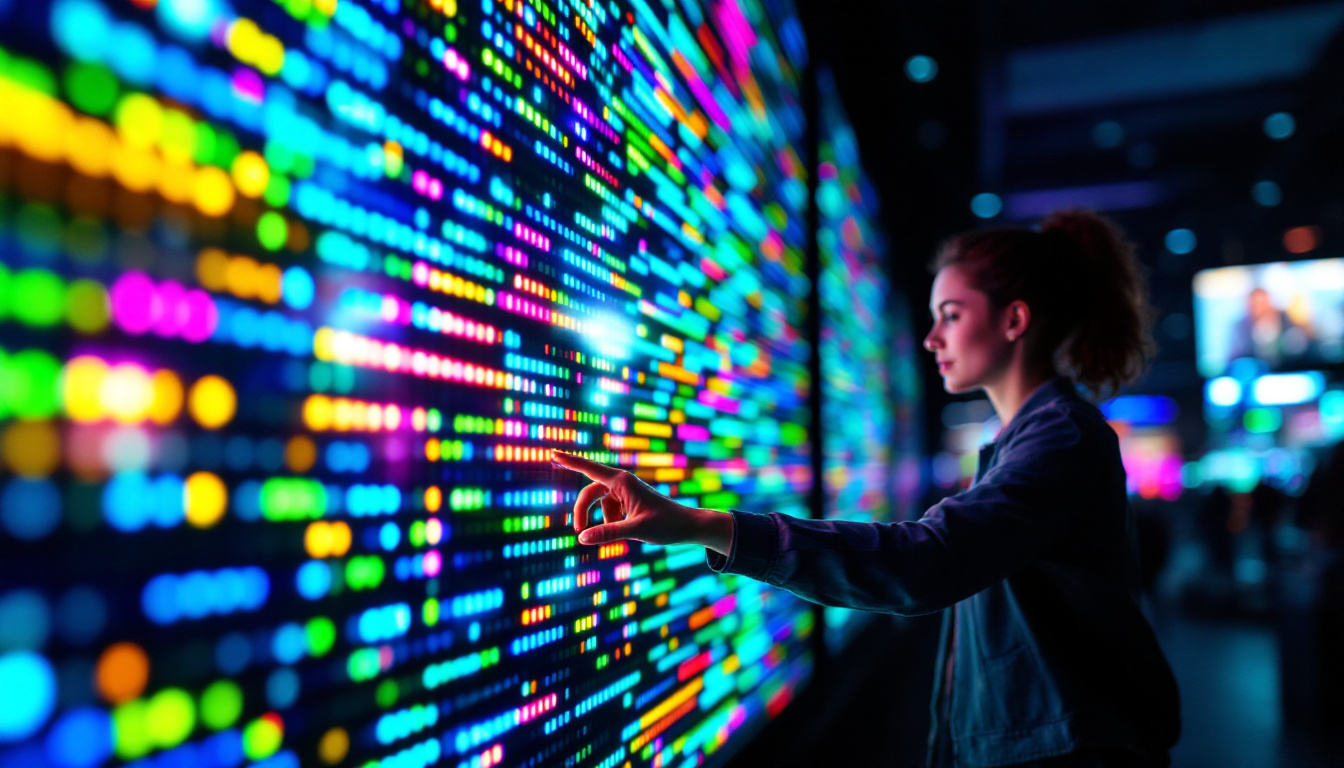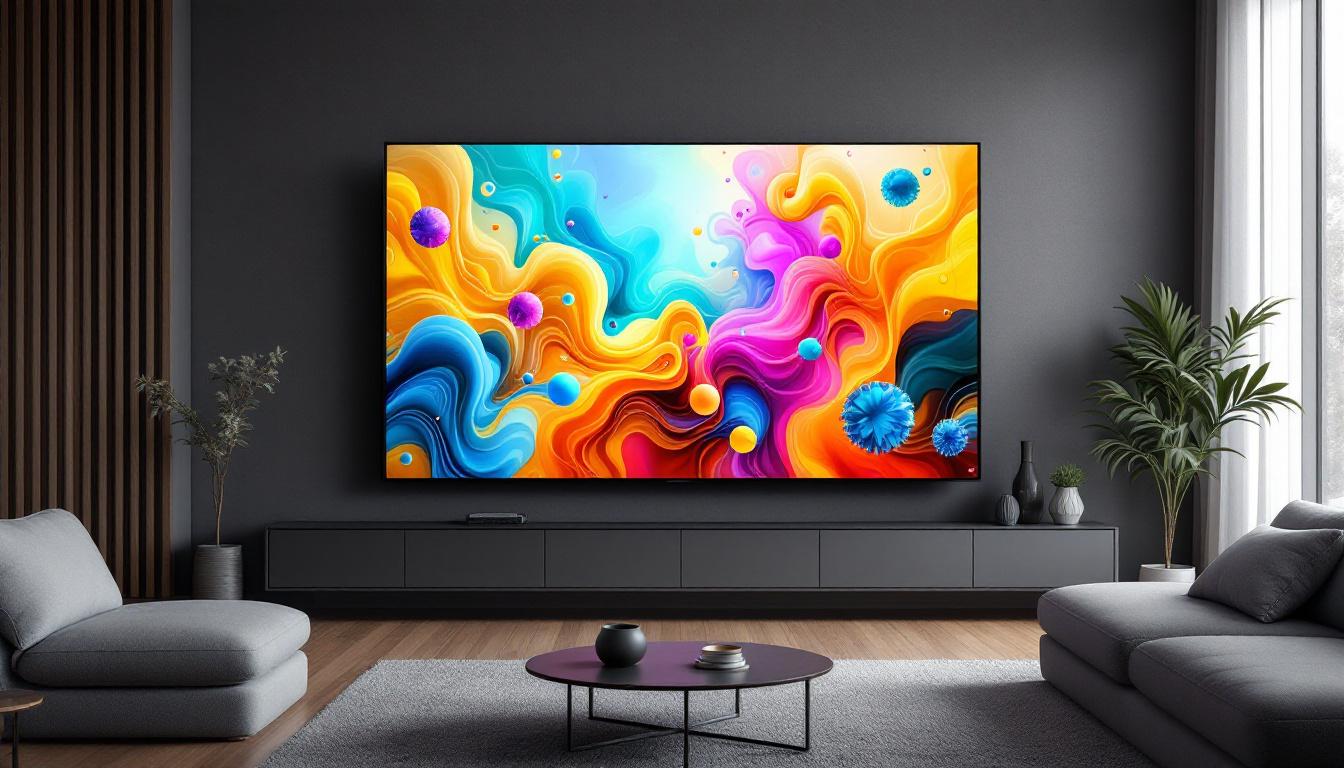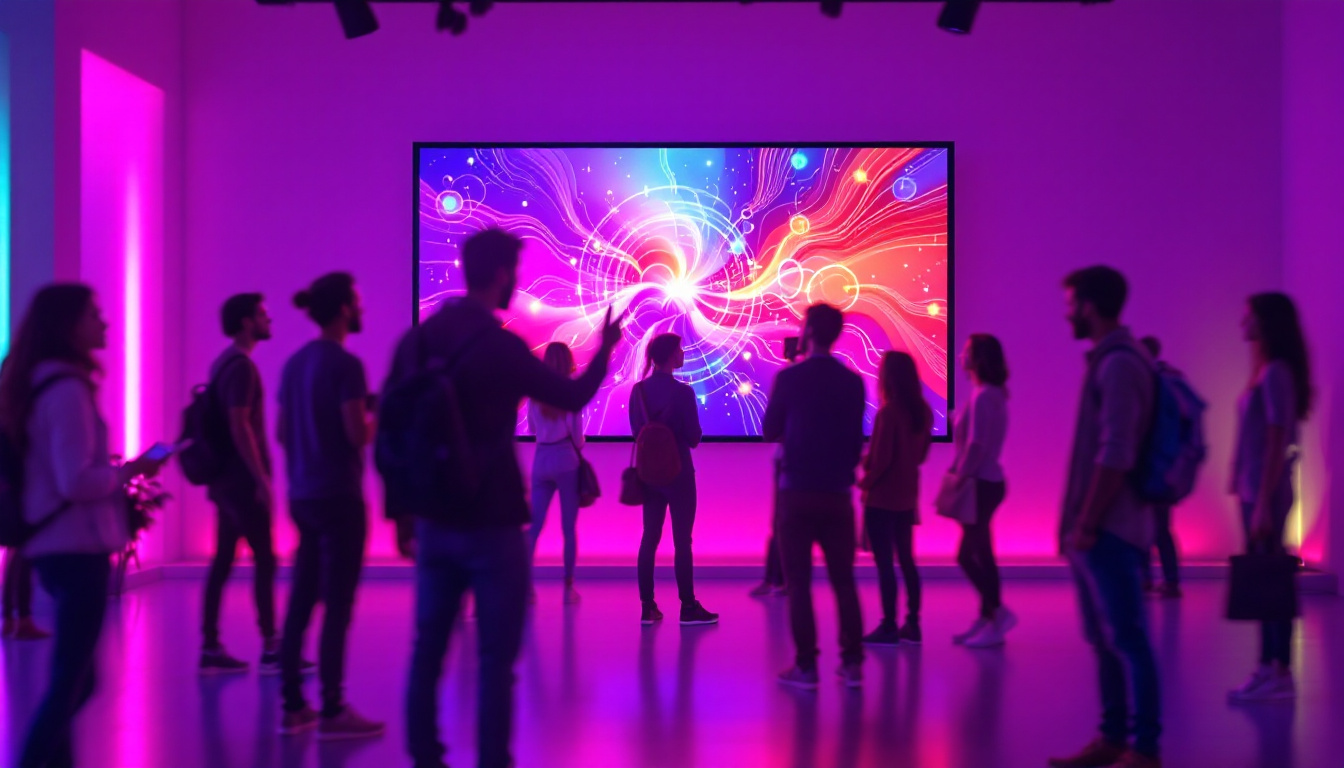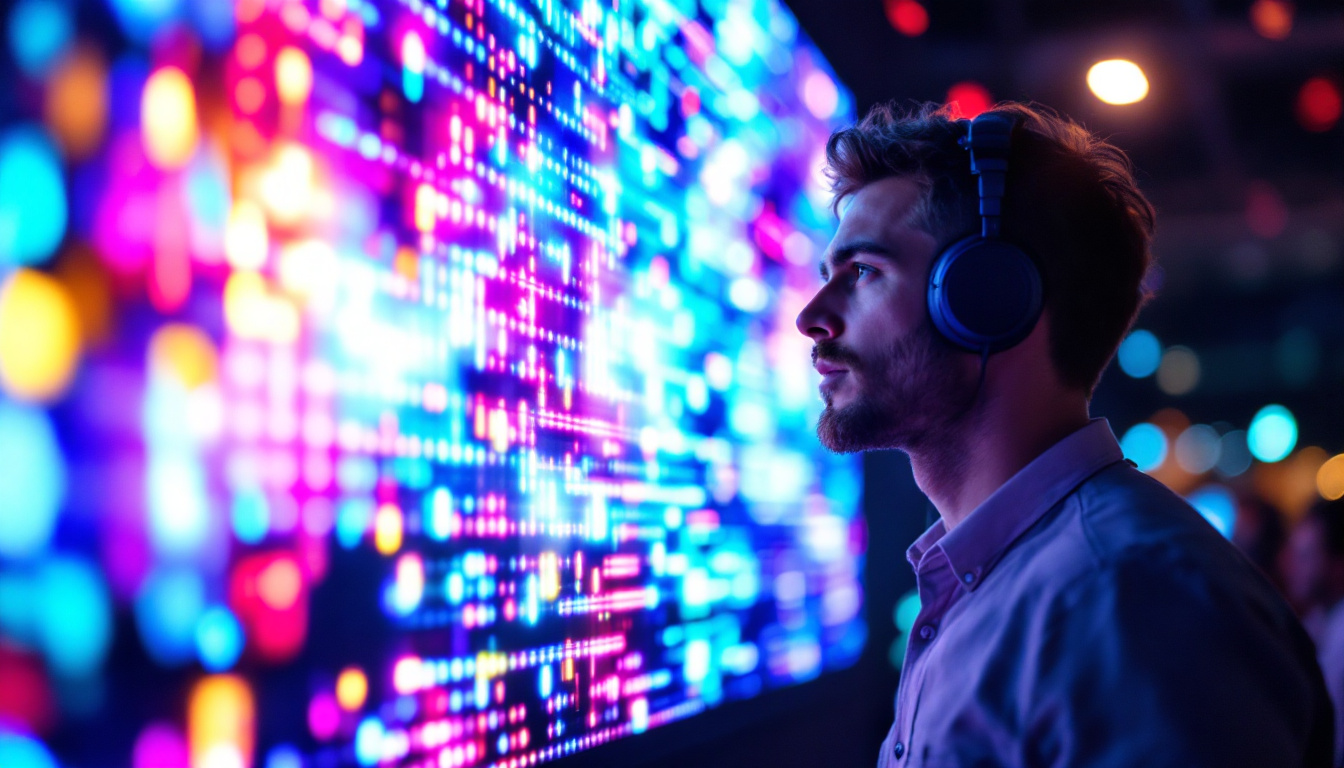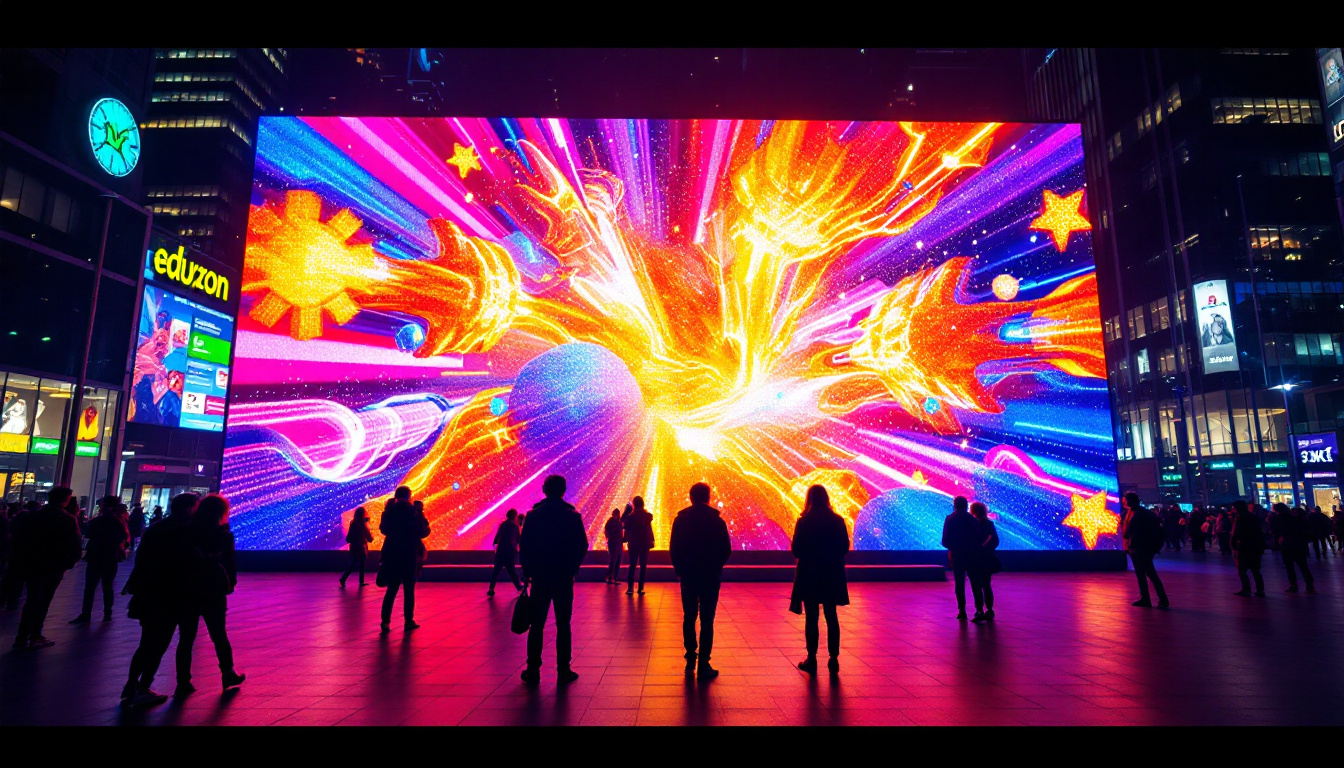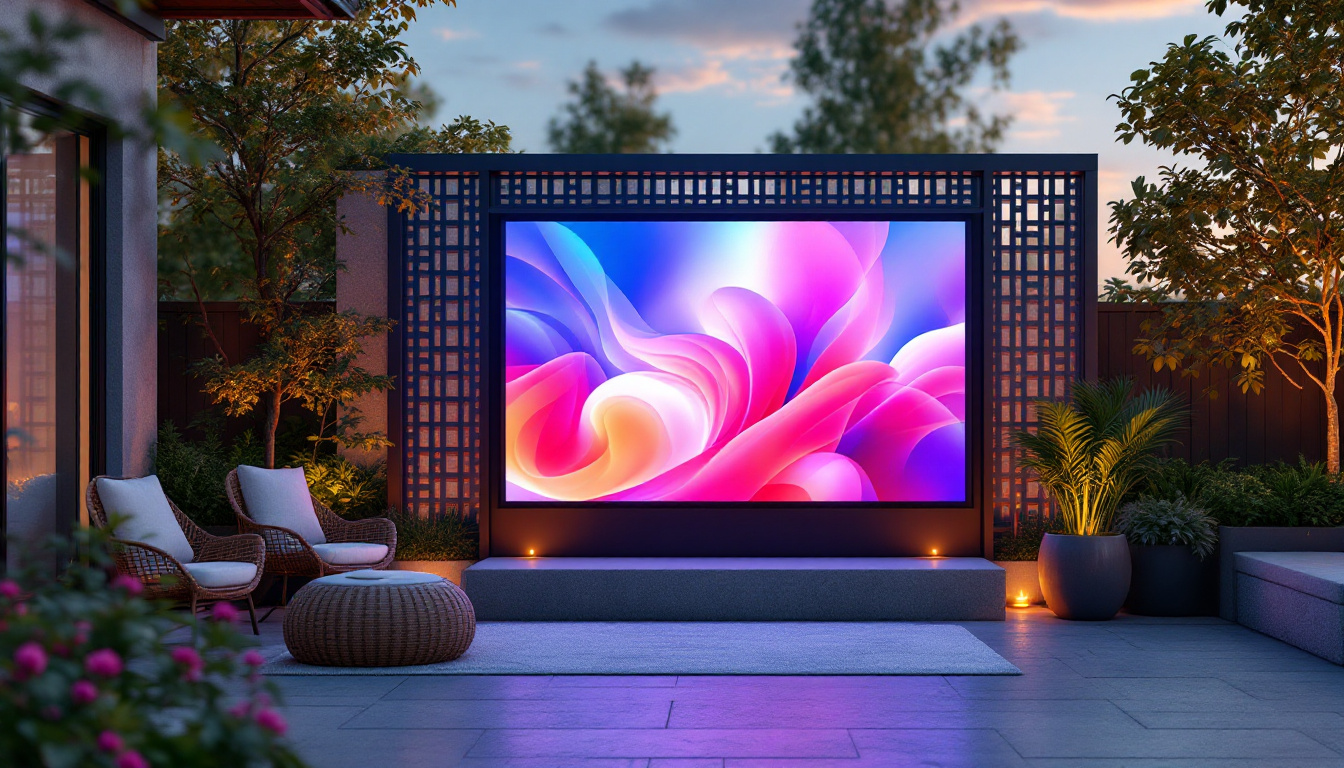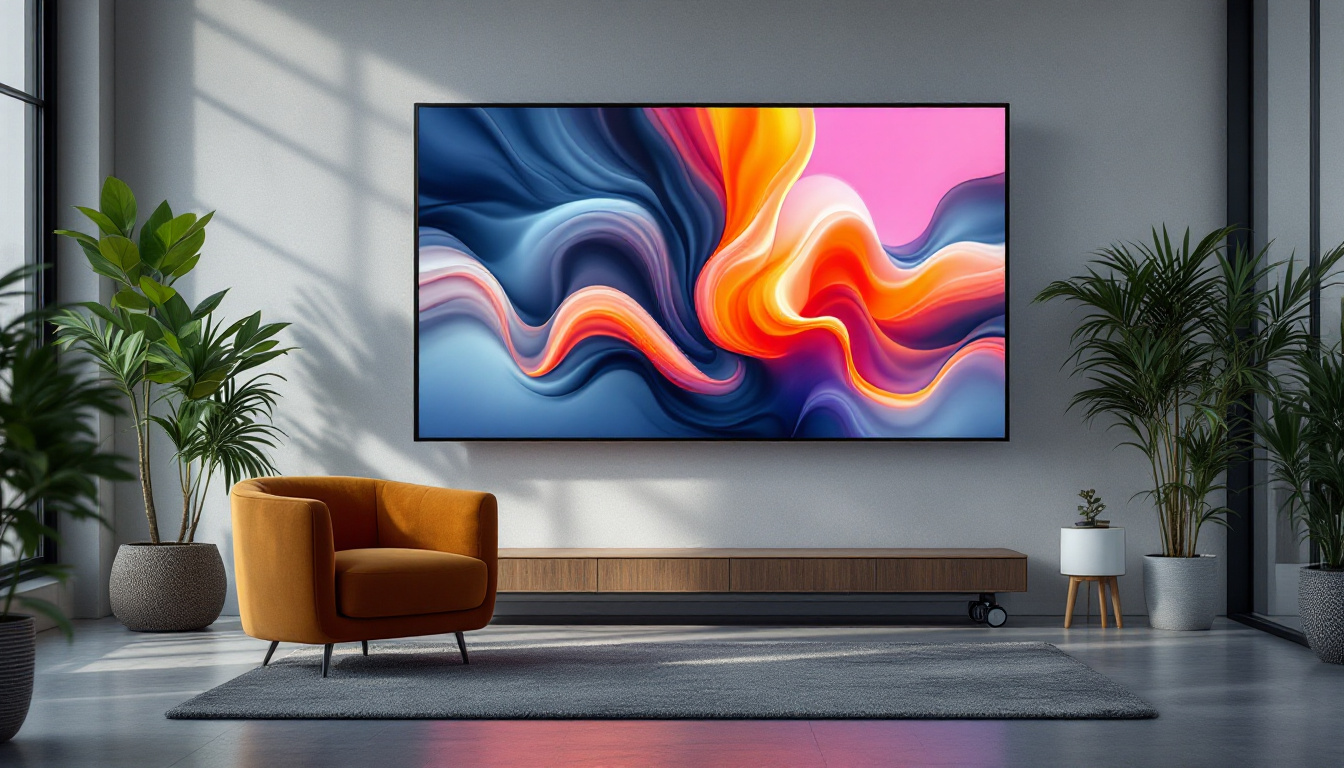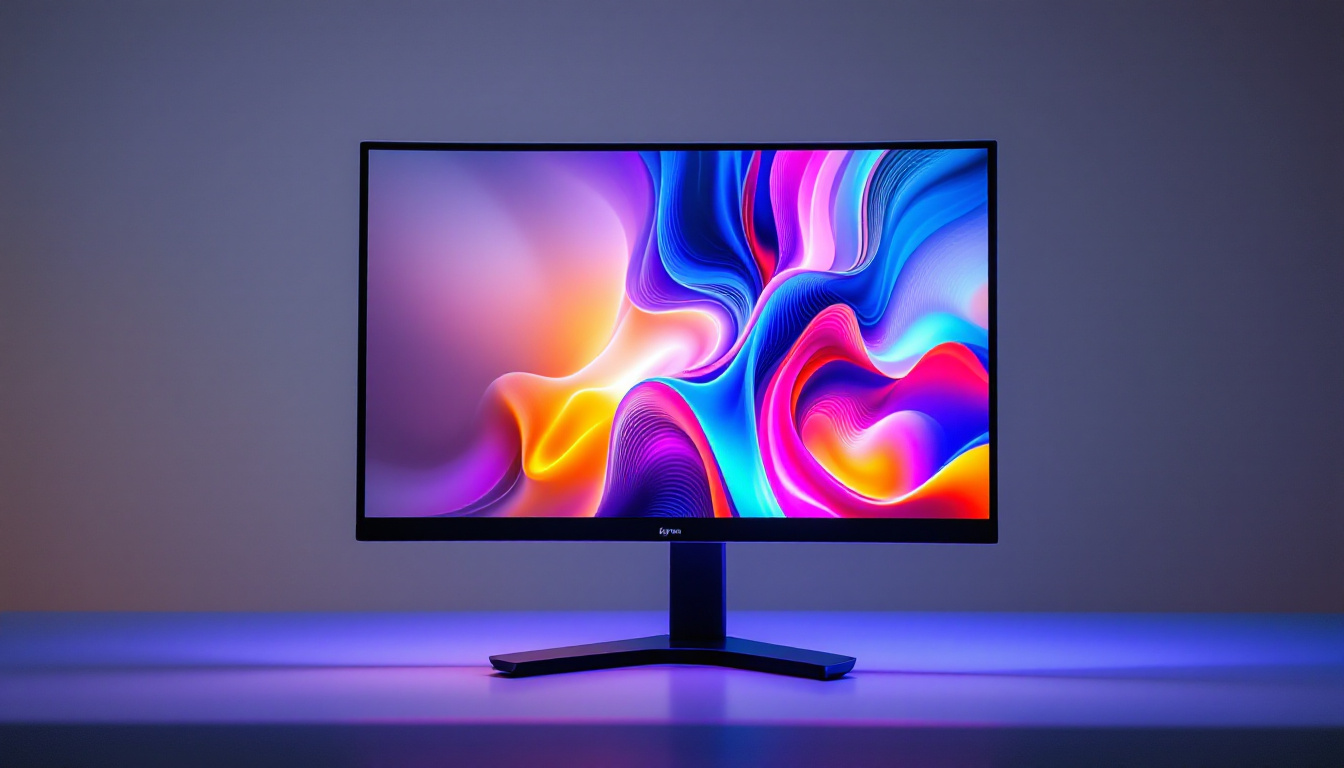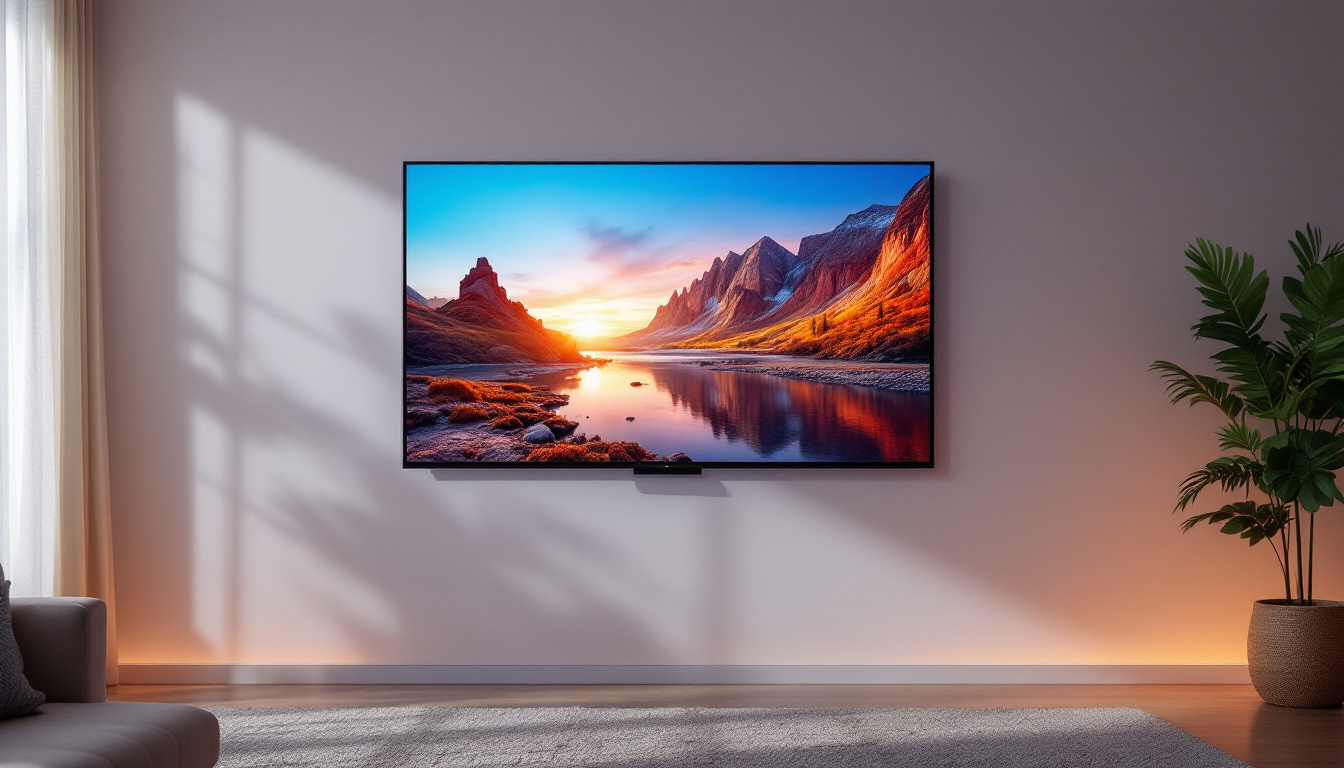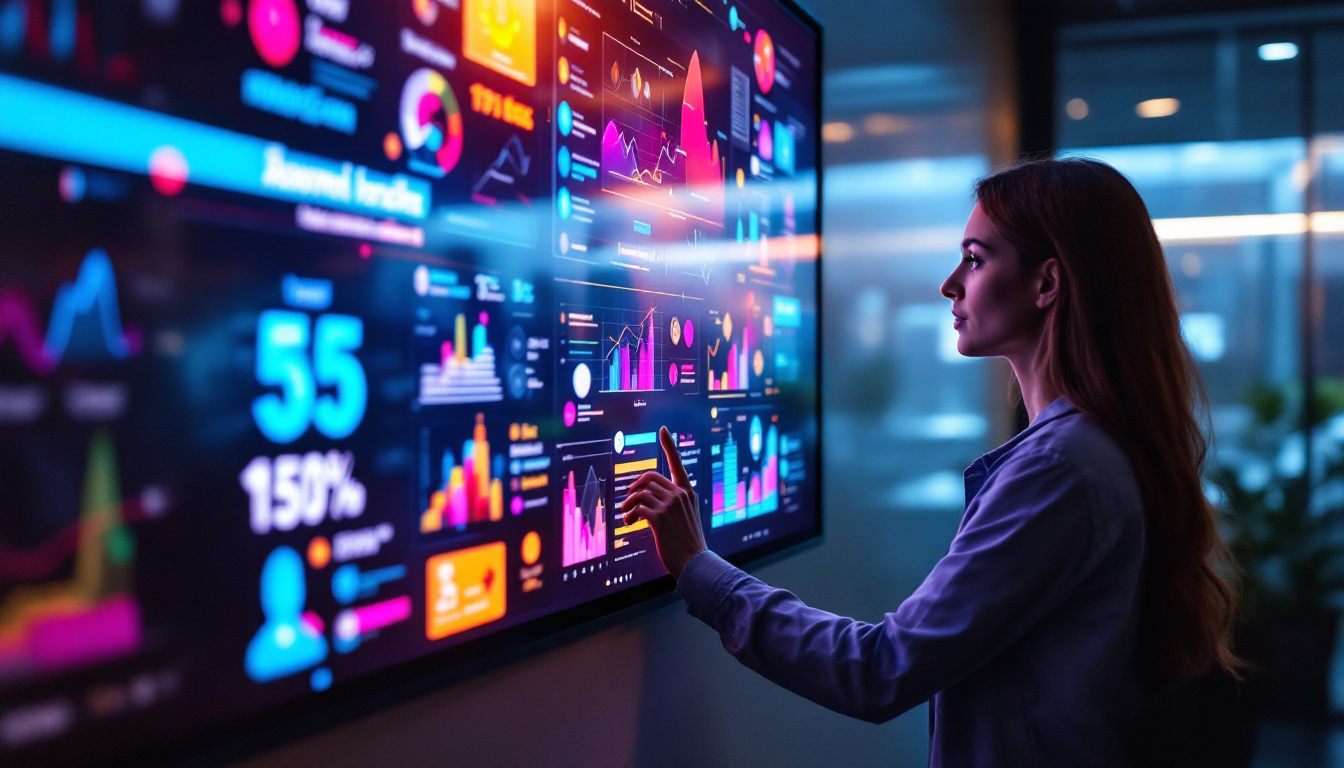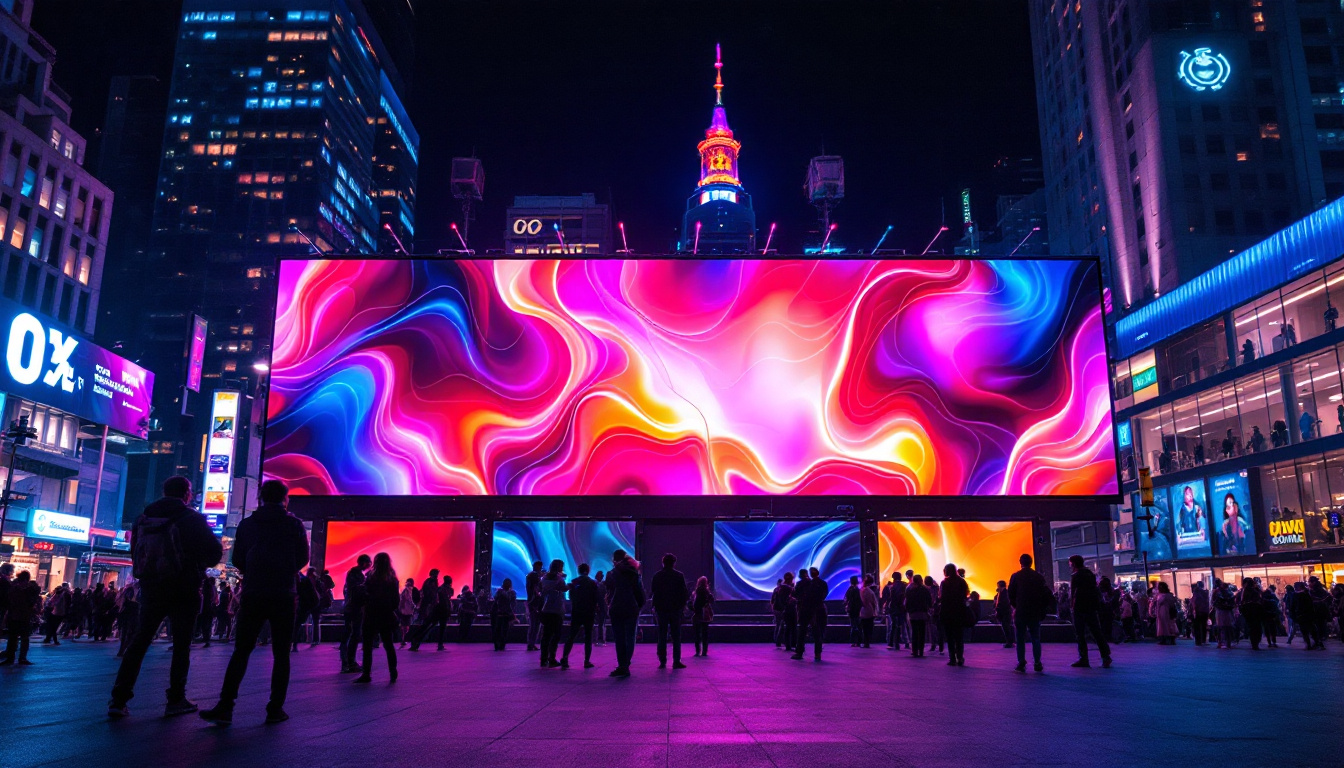Tokyo, a city renowned for its vibrant culture and technological advancements, is home to some of the most impressive LED displays in the world. These billboards not only serve as advertising platforms but also as integral parts of the city’s identity. This article delves into the intricacies of LED displays, their evolution, and their impact on both marketing and urban aesthetics.
The Evolution of LED Displays
LED (Light Emitting Diode) technology has revolutionized the way information is presented in urban environments. Initially used in simple digital clocks and calculators, the technology has evolved dramatically over the decades. The transition from traditional billboards to LED displays marks a significant milestone in advertising and public communication.
From Static to Dynamic
Traditional billboards relied on static images and printed materials, which limited their ability to engage audiences. The introduction of LED technology allowed for dynamic content that can be changed in real-time. This shift not only enhances the visual appeal but also increases the effectiveness of advertising campaigns.
Dynamic displays can showcase a variety of content, from video advertisements to interactive elements that engage passersby. This adaptability has made LED displays a preferred choice for advertisers looking to capture attention in a fast-paced environment like Tokyo. Moreover, the ability to schedule content based on time of day or current events allows businesses to tailor their messaging to suit the audience’s needs, maximizing engagement and relevance.
Technological Advancements
The evolution of LED technology has also led to significant improvements in display quality. Modern LED displays offer higher resolutions, brighter colors, and better energy efficiency. These advancements ensure that advertisements are not only eye-catching but also environmentally friendly.
Furthermore, innovations such as pixel pitch—the distance between pixels—allow for clearer images and text, making it easier for viewers to absorb information quickly. This is particularly important in a bustling city like Tokyo, where people are constantly on the move. In addition to pixel pitch, advancements in color calibration and brightness adjustment technologies ensure that displays remain vibrant and effective in various lighting conditions, from bright daylight to dim evening settings. This versatility allows advertisers to maintain a consistent brand image and message, regardless of the time or environment.
Moreover, the integration of smart technology into LED displays has opened up new avenues for interactivity. With the rise of mobile technology, many LED displays now incorporate QR codes or NFC (Near Field Communication) capabilities, enabling viewers to engage with the content directly from their smartphones. This creates a seamless bridge between physical and digital advertising, allowing brands to track engagement metrics and refine their strategies based on real-time data. As a result, LED displays are not just passive viewing experiences; they are becoming interactive platforms that foster deeper connections between brands and consumers.
The Role of LED Displays in Advertising
In a city where competition for attention is fierce, LED displays have become a cornerstone of advertising strategies. Their ability to capture attention and convey messages effectively makes them invaluable for brands seeking to make a lasting impression.
Targeted Advertising
One of the most significant advantages of LED displays is the ability to target specific demographics. Advertisers can tailor their content based on the time of day, location, and even the audience’s behavior. For instance, a display in Shibuya might showcase fashion advertisements during peak shopping hours, while a display in a business district might focus on corporate services.
This level of customization not only maximizes the effectiveness of advertising campaigns but also enhances the viewer’s experience. Audiences are more likely to engage with content that resonates with their interests and needs. Moreover, the dynamic nature of LED displays allows for frequent updates, meaning that brands can quickly pivot their messaging in response to changing consumer preferences or emerging trends. This adaptability is particularly beneficial in fast-paced urban environments where consumer attention can shift rapidly.
Integration with Technology
LED displays in Tokyo are increasingly integrated with mobile technology and social media platforms. QR codes, for example, can be displayed alongside advertisements, allowing viewers to interact with brands directly from their smartphones. This integration creates a seamless transition from offline to online engagement, driving traffic to websites and social media pages.
Additionally, real-time data can be used to adjust content based on current trends or events, ensuring that advertisements remain relevant and timely. This responsiveness is crucial in a city that thrives on innovation and immediacy. Furthermore, interactive features such as touch screens or augmented reality elements can transform a passive viewing experience into an engaging one, inviting consumers to participate actively. By incorporating gamified elements or user-generated content, brands can foster a sense of community and connection, making their advertising efforts not just about selling a product, but about creating an experience that resonates with the audience on a deeper level.
Impact on Urban Aesthetics
Beyond their advertising capabilities, LED displays have a profound impact on the aesthetics of urban environments. In Tokyo, these displays contribute to the city’s unique skyline and vibrant atmosphere, transforming ordinary streets into dynamic visual experiences.
Enhancing the Cityscape
LED displays can be found in various locations throughout Tokyo, from the bustling streets of Shinjuku to the iconic Shibuya Crossing. Their bright colors and moving images create a sense of energy and excitement that is synonymous with the city itself. This visual stimulation attracts tourists and locals alike, making urban spaces more engaging.
Moreover, the strategic placement of these displays can enhance architectural features and contribute to the overall design of public spaces. When integrated thoughtfully, LED displays can complement the aesthetic of their surroundings, creating a harmonious blend of technology and art.
Community Engagement
LED displays also play a role in fostering community engagement. Many displays are used to promote local events, public service announcements, and cultural initiatives. By providing a platform for community messages, these displays help to strengthen the connection between residents and their city.
For instance, during festivals or public celebrations, LED displays can showcase live feeds, highlight performances, and share important information with attendees. This interactive aspect enhances the sense of community and encourages participation in local events.
Challenges and Considerations
Despite the numerous benefits of LED displays, there are also challenges and considerations that need to be addressed. As urban environments become increasingly saturated with digital advertising, issues such as visual clutter and distraction arise.
Visual Clutter
In a city like Tokyo, where LED displays are ubiquitous, the risk of visual clutter is significant. Too many competing advertisements can overwhelm viewers, leading to diminished effectiveness for brands. Striking a balance between engaging content and aesthetic appeal is crucial for maintaining the integrity of urban spaces.
Urban planners and advertisers must collaborate to create guidelines that ensure LED displays enhance rather than detract from the city’s visual landscape. Thoughtful placement and design can mitigate the effects of visual clutter, allowing each display to shine without overwhelming the viewer.
Environmental Considerations
While LED technology is generally more energy-efficient than traditional lighting, the environmental impact of large-scale displays cannot be overlooked. The production, installation, and disposal of LED screens contribute to carbon emissions and electronic waste.
To address these concerns, many companies are exploring sustainable practices, such as using recycled materials and implementing energy-efficient technologies. Additionally, promoting responsible consumption and recycling among consumers can help minimize the environmental footprint of LED displays.
The Future of LED Displays in Tokyo
The future of LED displays in Tokyo is poised for further innovation and transformation. As technology continues to advance, new possibilities for interactivity and engagement will emerge, reshaping the way brands connect with audiences.
Augmented Reality and Interactive Displays
One of the most exciting developments on the horizon is the integration of augmented reality (AR) with LED displays. This technology allows for immersive experiences that blend the digital and physical worlds. Imagine walking past a billboard that not only displays an advertisement but also allows viewers to interact with the content through their smartphones or AR glasses.
Such interactive displays can create memorable experiences that resonate with consumers, fostering a deeper connection between brands and their audiences. As AR technology becomes more accessible, its integration into LED displays will likely become a standard practice in urban advertising.
Smart City Integration
As cities evolve into smart urban environments, LED displays will play a crucial role in disseminating information and enhancing public services. These displays can be connected to city infrastructure, providing real-time updates on traffic, weather, and public transportation.
Incorporating smart technology into LED displays can improve the overall quality of life for residents and visitors. By offering valuable information at a glance, these displays can contribute to a more efficient and informed urban experience.
Conclusion
LED displays have become an integral part of Tokyo’s urban landscape, shaping the way information is communicated and experienced. From their evolution in technology to their impact on advertising and community engagement, these displays represent a unique intersection of art, technology, and commerce.
As the city continues to innovate, the future of LED displays holds exciting possibilities that will enhance both the aesthetic and functional aspects of urban life. By addressing challenges such as visual clutter and environmental impact, Tokyo can continue to lead the way in creating a vibrant and sustainable urban environment that embraces the best of modern technology.
In conclusion, the role of LED displays in Tokyo is multifaceted, offering insights into the dynamic relationship between technology, advertising, and urban aesthetics. As the city embraces the future, these displays will undoubtedly continue to evolve, captivating audiences and enriching the urban experience.
Illuminate Your Brand with LumenMatrix
As you’ve seen, LED displays are transforming Tokyo’s urban canvas into a dynamic symphony of light and motion. If you’re inspired to elevate your brand’s presence in this electrifying landscape, LumenMatrix is your partner in innovation. Specializing in a spectrum of LED display solutions—from Indoor and Outdoor LED Wall Displays to niche offerings like Vehicle and Floor LED Displays—LumenMatrix is at the forefront of creating immersive visual experiences. Embrace the future of advertising with our Custom, All-in-One, and Transparent LED Displays, designed to captivate and engage your audience. Check out LumenMatrix LED Display Solutions and let your message shine with unparalleled clarity and impact.

